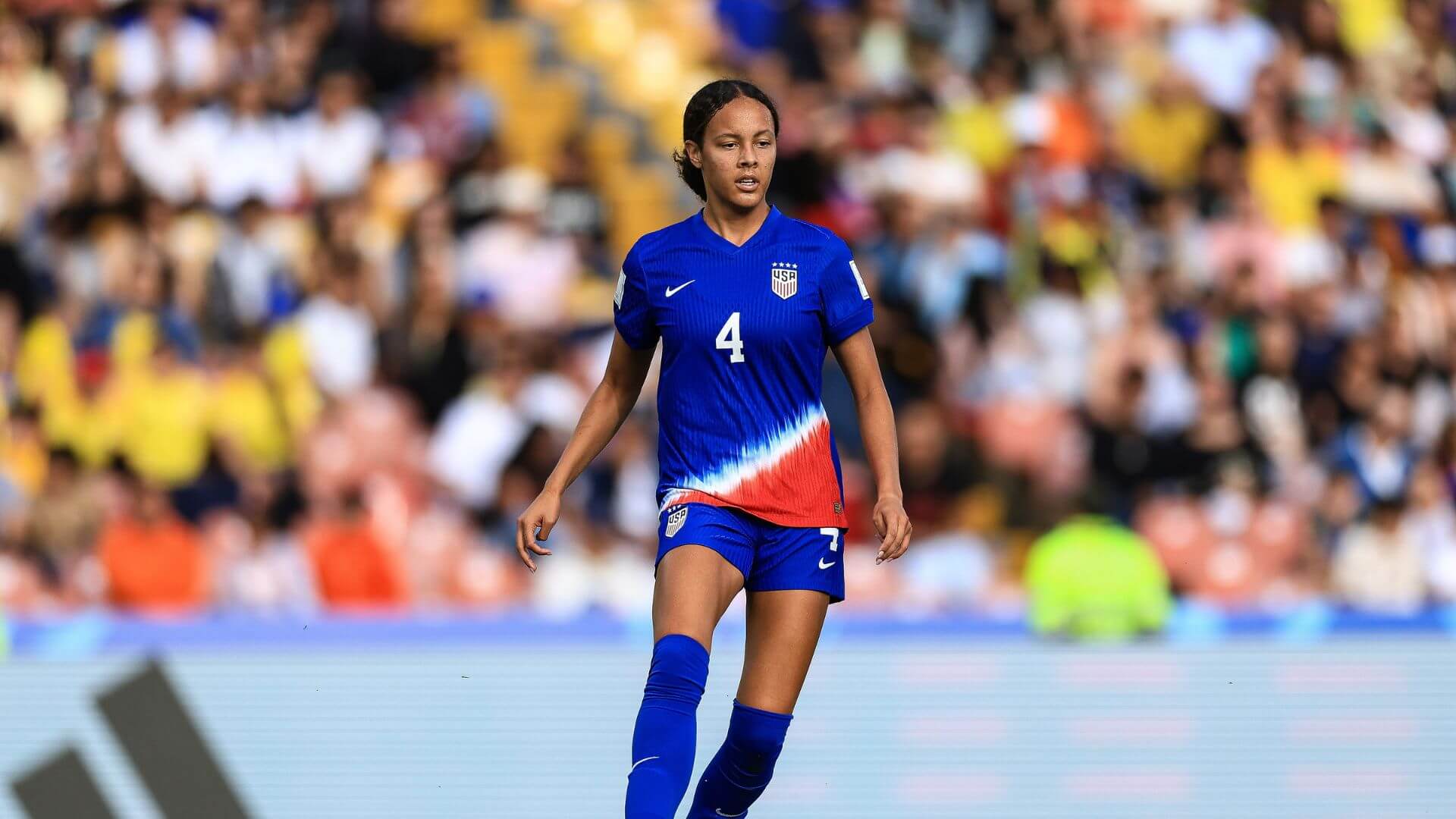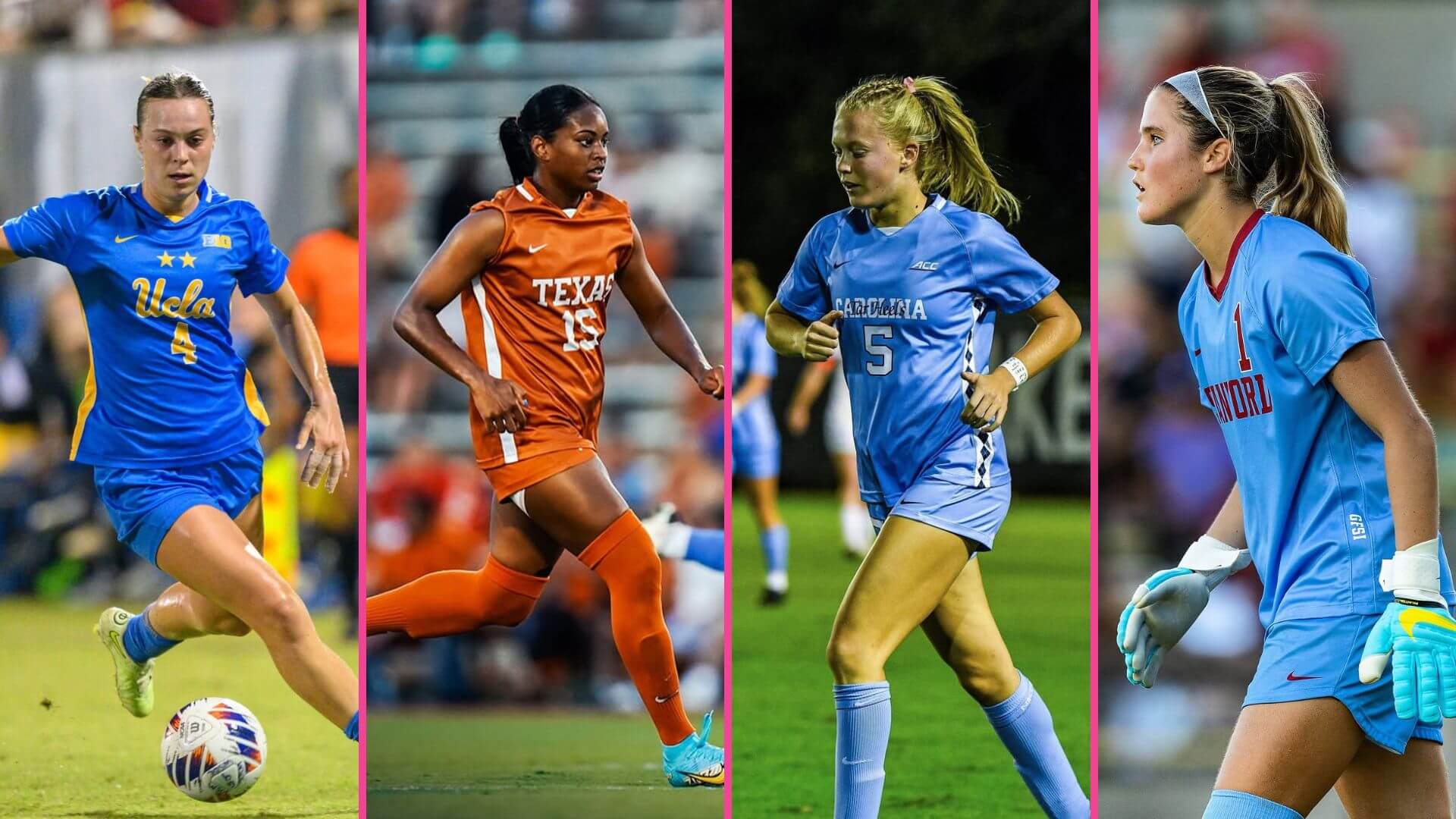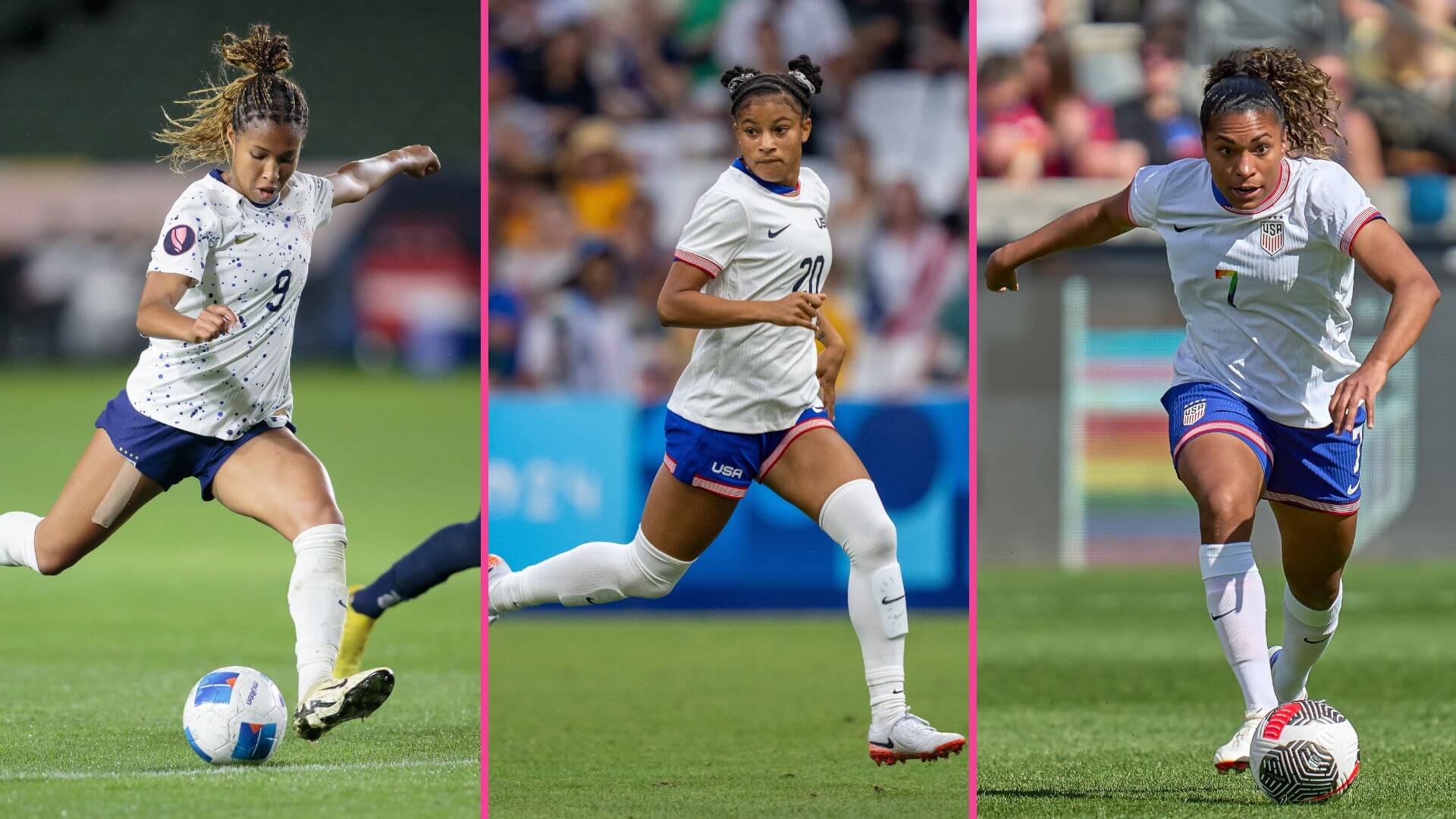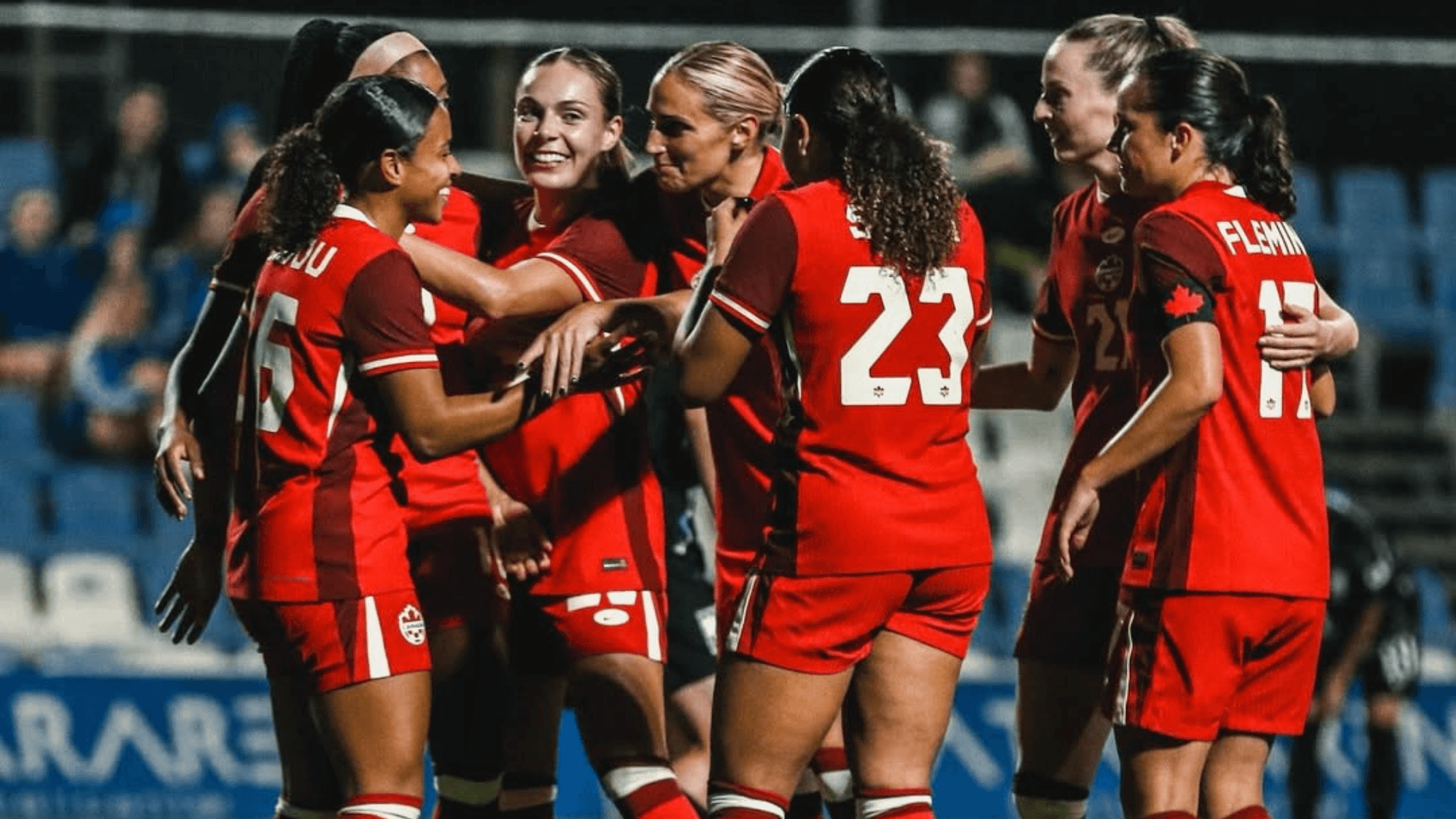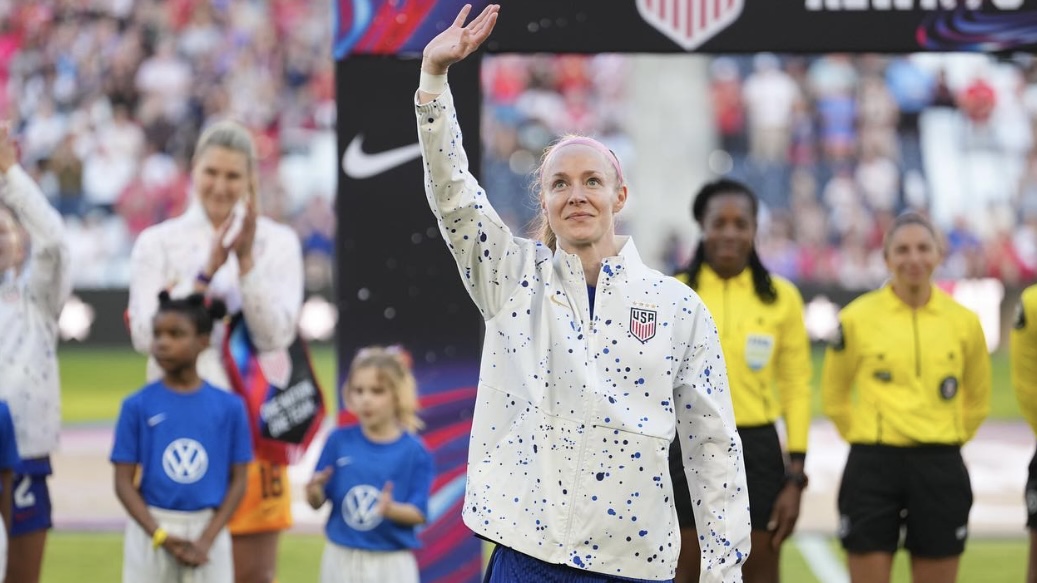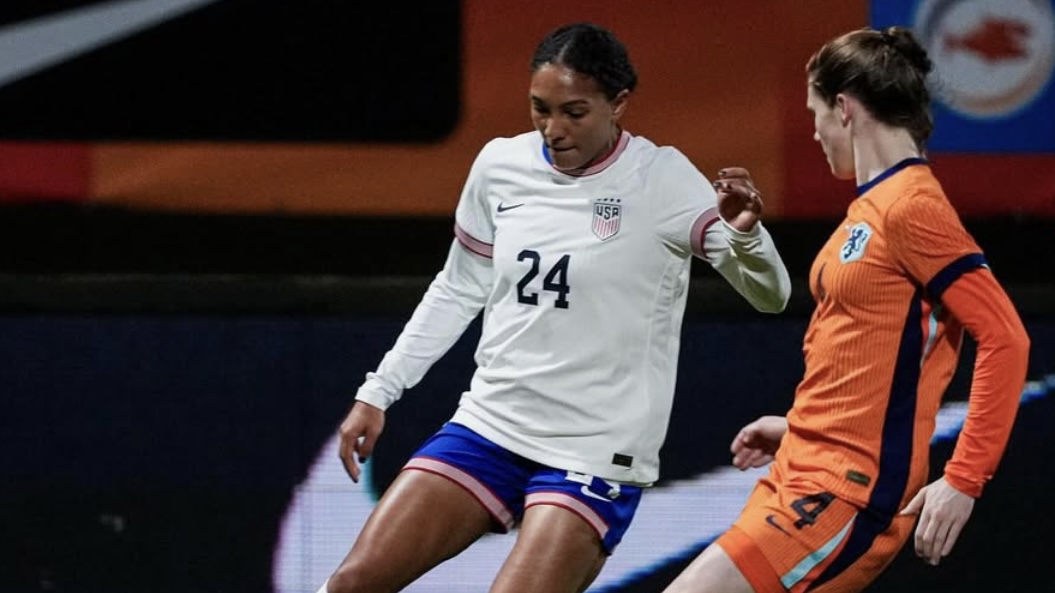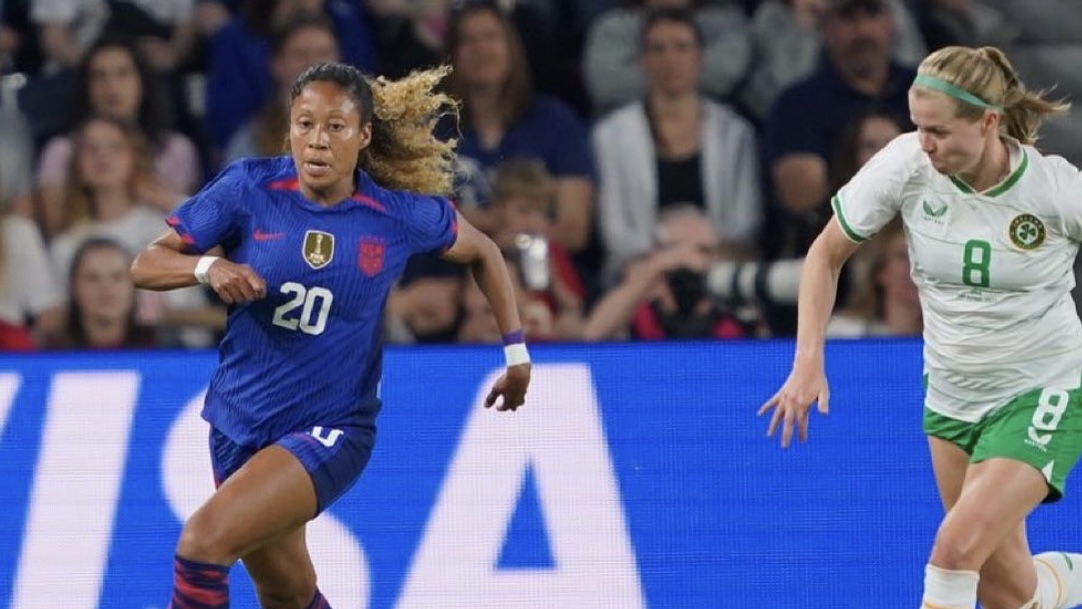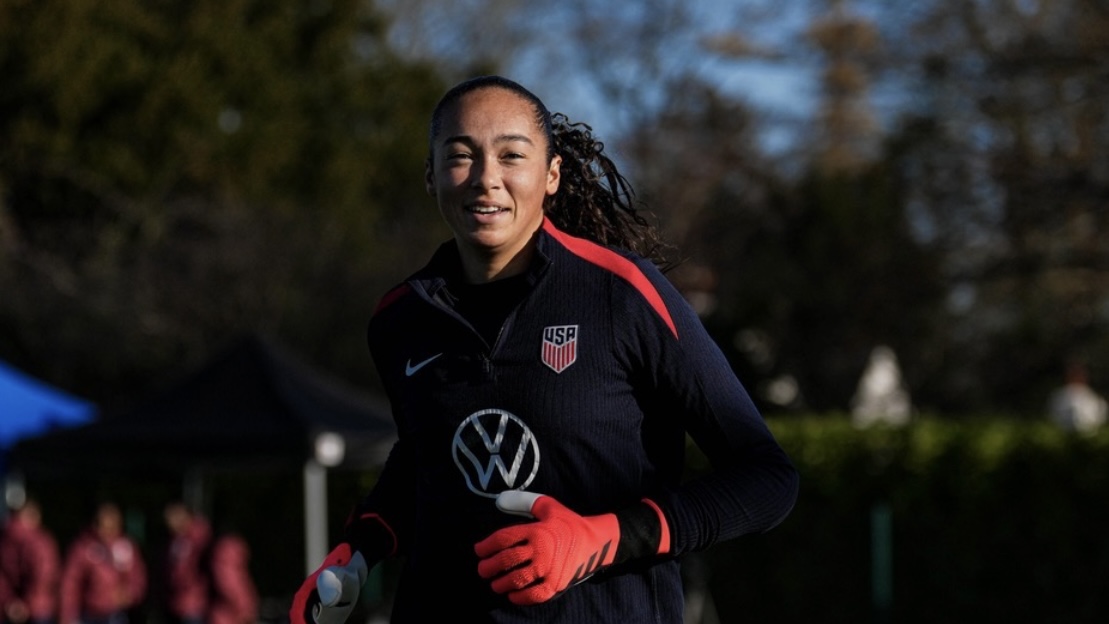FIFA Takes Back Its Promise to Pay Players $30,000 in the Women’s World Cup
Earlier this month, FIFA banned the One Love armband, and now the governing body of soccer just went back on its word about paying players a portion of the World Cup prize pool. FIFA pledged to work toward equal pay for the women’s and men’s teams by the 2026 and 2027 World Cups, but even with that achievement in the distance, FIFA backed out on its original commitment to pay $30,000 to each player directly.
FIFA’s Original Commitment
In June, FIFA made a progressive step which many celebrated. This step was FIFA president Gianni Infantino’s promise that the players would get a portion of the WWC’s prize money directly. Before this promise, players would only receive some of the prize money if their federations agreed to give it to them. In other words, it was in each federation’s hands to pay their players.
In addition to this, the “new payment model,” as FIFA described it, would have guaranteed “support for every FIFA Women’s World Cup 2023™ team and player.” However, this support is out the window. This payment model aimed to give each player $30,000–$10,000 for each group stage match to begin with. Payment would gradually increase as each team progressed in the cup. It would then reach $270,000 for each player on the winning team.
In a world where professional female soccer players receive a global average salary of $14,000, an award of $30,000 still seems a bare minimum. However, the commitment was a step in the right direction, as the total prize money increased dramatically from 2019.
The Broken Commitment
The commitment to paying players directly was monumental until FIFA returned its promise. Last Wednesday, Infantino appeared at a conference and said plainly that he couldn’t guarantee that federations will give their players the $30,000 mentioned in June.
According to AP, Infantino said, “We are moving, of course, in the right direction; we have been consulting with associations, with players, to try to go in the right path. We have issued these recommendations, but we have an association of associations. So whatever payments we do, we will go through the associations, and then the associations will, of course, make the relevant payments to their own players. We are in touch with all the associations.”
It is not a promising sign of progress that FIFA reneged on its commitment. What is even worse is the fact that their previous promise came after a letter signed by over 150 national team players was sent to them through FIFPRO. The change goes against the wants of the professional players’ union.
Moreover, Infantino announced this new update on the eve of the WWC’s kickoff. With some teams still struggling with receiving equal facilities, conditions, and treatment from their federations, there’s no guarantee that federations will stick with what FIFA promised earlier.
Pay Equality Moving Forward
With these new developments, we can say with certainty that equality is out of our reach now for this tournament cycle. How many times did FIFA promise that changes will happen, only for something like this to happen instead? Even after WWC’s prize money increased to $110 million this year, we still didn’t achieve equality. In the last Men’s World Cup, the prize money was $440 million. And now, even the promised $49 million that players should receive directly out of the prize money is not guaranteed to reach players.
A CNN analysis discovered that players at the 2023 WWC “will on average earn just 25 cents for every dollar earned by men at their World Cup last year.” In the previous tournament in 2019, the amount was less than 8 cents. While there is an improvement, it’s simply not enough.
Again, what FIFA missed was that not all players have relationships that enable negotiation with their federations or even have agreements on the amount of money they will receive.
FIFA continues to pledge pay equality by the 2026 and 2027 World Cups, but the fact of the matter is, if it can’t keep its promise, then it can’t guarantee players pay equality.
Featured image via Getty Images
_
GIRLS SOCCER NETWORK: YOUR SOURCE FOR GIRLS SOCCER NEWS




